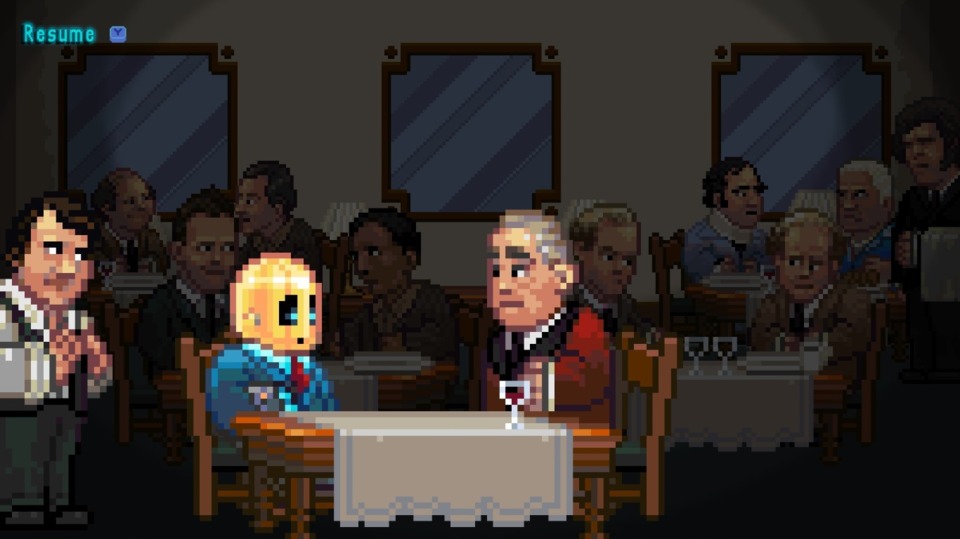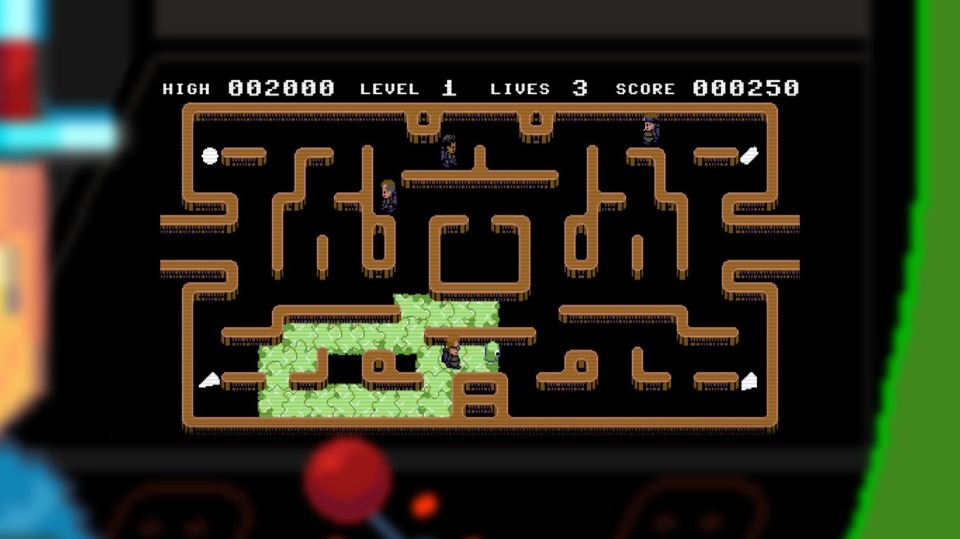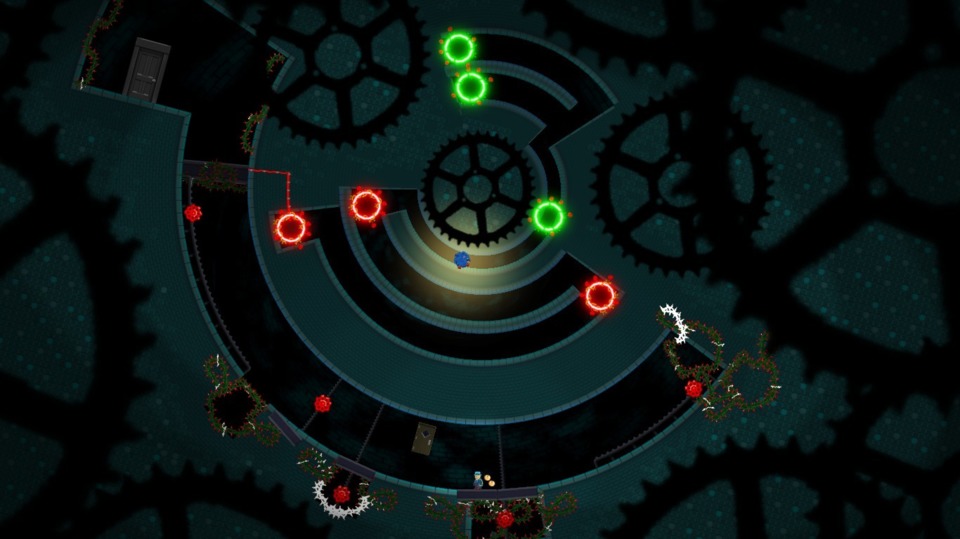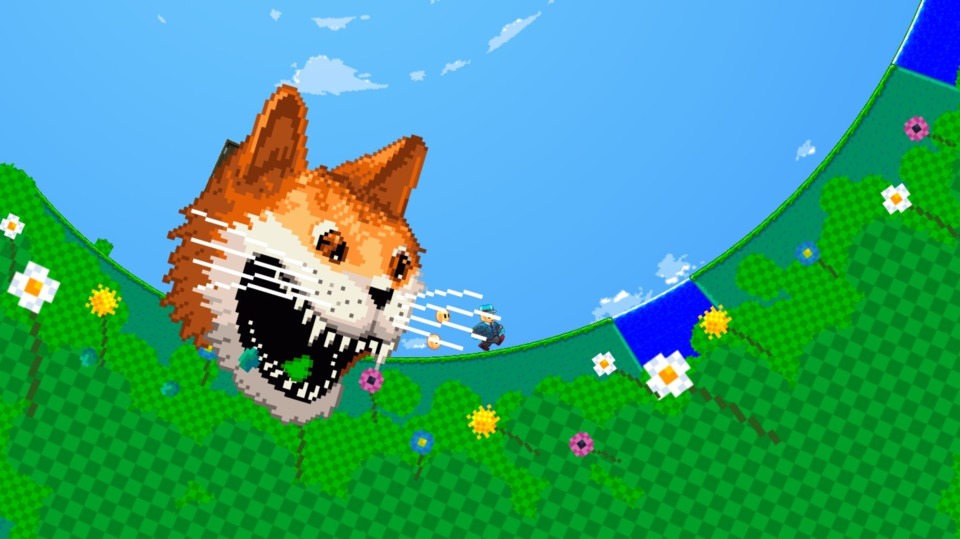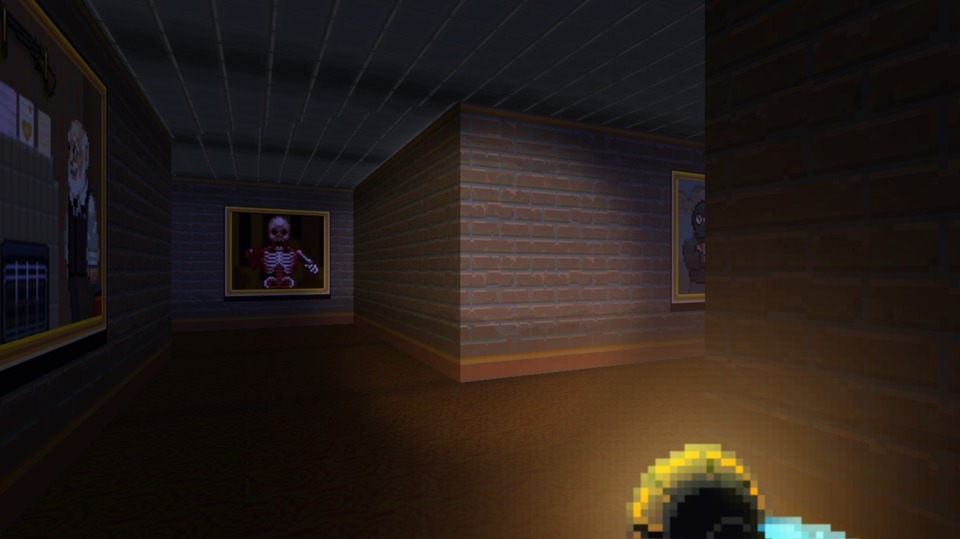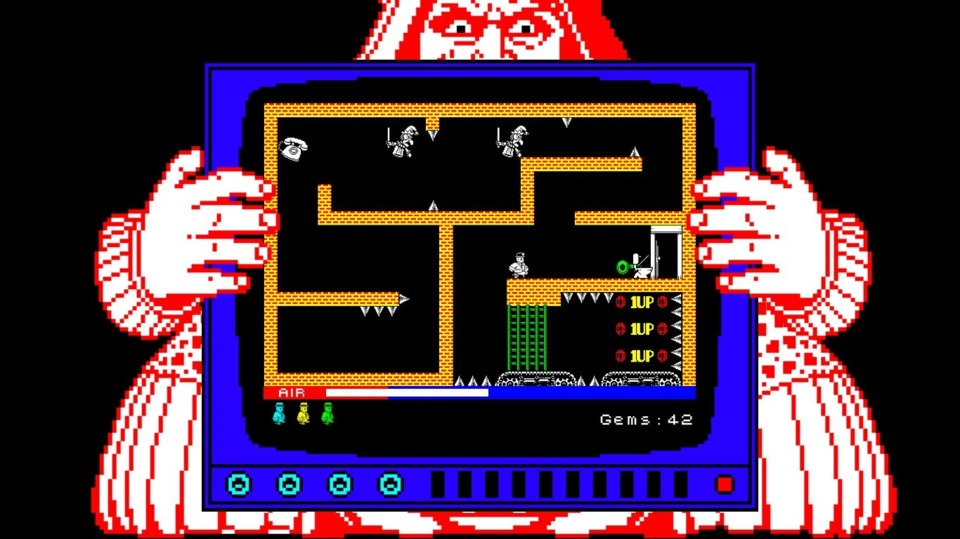Go! Go! GOTY! 2019: Game Two: Horace
By Mento 2 Comments
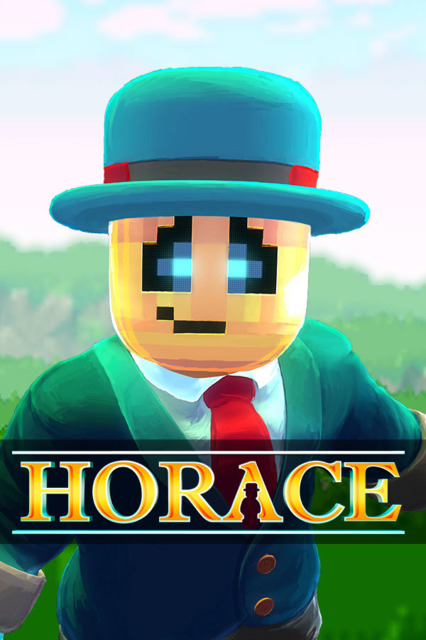
- Game: Paul Helman & Sean Scaplehorn's Horace.
- Release Month: July.
- Quick Look: Here.
- Started: 02/12.
- Completed: 04/12.
My goodness, this game. It's hard to know where to start. What I can tell you is that this game is extremely British and extremely 30-something-year-old British at that. Rare that I feel so seen by a game; the last one steeped in this much '80s British gaming paraphernalia was probably Lumo back in 2016. Horace is, nominally, about a little yellow robot who learns how to become a real boy, albeit with a few hurdles and mishaps along the way. The story begins small enough as Horace ingratiates himself with his adoptive family and learns what it means to walk, talk, and appreciate video games, before the tale soon segues into a massive global war that has left the United Kingdom (the game's setting (mostly)) devastated, and then continues to escalate and make many wild detours from there. With so many plot turns and surprises, I'd be loath to say any more about where it goes.
Horace is chiefly a 2D platformer, with the unnamed robot protagonist - you'd assume his name was Horace given it's the name of the game and the name stamped on his delivery box, but he's only ever referred to as "The Robot" - modified in such a way to have "infinite lives" by his benevolent creator and father figure, whom is only ever called the Old Man. For the majority of its length the game is strictly linear: you move from one area to the next, dying dozens of times to the game's many single-screen platforming challenges, until eventually story cutscenes take over for a while and you end up somewhere different with a new objective. The game is very story-dense considering its genre; I'd liken it to last year's Iconoclasts with the way it combines a very arcade-y style of action game with a narratively complex plot with a huge cast of characters, each with their own arcs, and many dramatic twists and tragedies. Often you might find yourself pushing through an overbearing challenge just to see where the story might head next. For a long spell around the two-thirds mark the game becomes a honest-to-Robot-Jesus (who is in this game, incidentally) explormer complete with regular post-boss traversal upgrades and an auto-map filling in rooms of an enormous interconnected mansion.
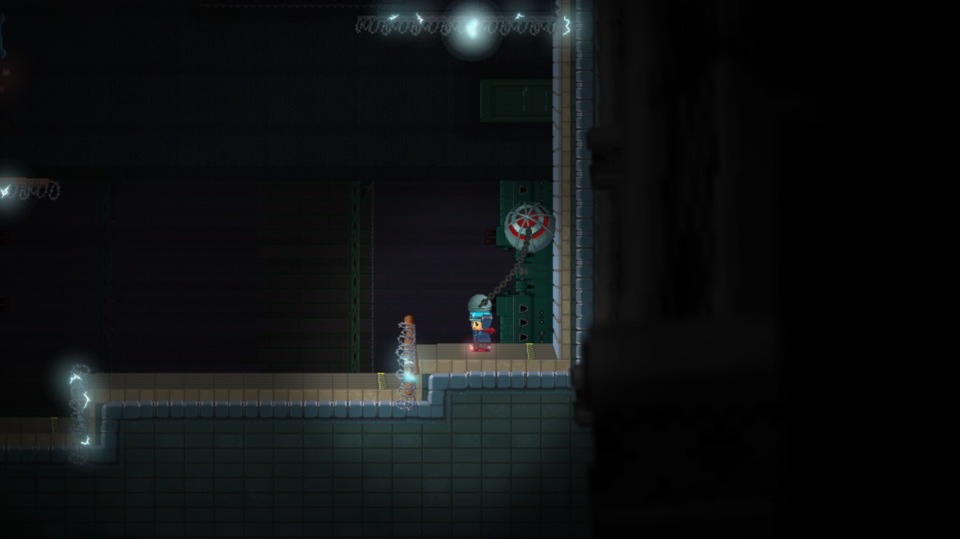
One meaningful aspect of the game is the Robot's impulsive decision to "collect a million things" as his life's work, after he asks what his purpose is and is told it must be an answer he finds himself, with most areas of the game filled with a certain number of "junk" items to pick up (some of which aren't junk at all and can be sold for a lot of cash). The pause menu will tell you how much junk is left in the immediate area, assuaging the slightly more obsessive collectors among us, and even the broken and useless items can be sold for a little bit of money which can then be put towards upgrades. Having all these collectibles, and a means to always know how many you have left, added a lot of extra little risk vs. reward targets to chase after, making the tough platforming even more so as I invariably made my way over to all the flashing piles of detritus before moving on. I'm a sucker for collectibles, so you better believe I earned that requisite million before the game was over. (I realize that sounds like a lot of items to collect, but there are a few rare trash objects that are worth several hundreds and thousands apiece.)
Graphically, it's a great deal of pixel art, but it's very good pixel art. The artist has a knack for drawing faces which leads to a lot of recognizable cameos throughout, and there's a huge number of enemy sprites, detailed backgrounds, and other art assets that evidently took some time to create. The music is mostly chiptune renditions of famous classical music, though there's a few original tracks in there too. It sounds fine and is worked into the scenes germanely, but it's not like I haven't heard Danse Macabre or Für Elise a hundred times before. The voice acting is exclusive to one character - The Robot, who is narrating his life from some time in the future - and it all sounds like one of those monotone text-to-speech machines with a slight southern English accent, though its deadpan delivery lends itself well to a few of the fish-out-of-water jokes early on.
I realize this is a trite thing to say about a game starring a literal tin man, but Horace has a lot of heart. So much heart, in fact, that I'm willing to overlook a great deal. The core platforming gameplay is competent with some neat features you don't normally see in Indie games of this genre - the ability to walk on walls and ceilings, defying gravity, as well as the usual bevy of explormer upgrades - but Horace isn't exactly well-optimized for weaker machines and the framerate can be just tragic in some densely populated areas. Other sections, like the dream sequences where you fly through rings, was for me a glitchy mess that was impossible to visually parse. The platforming can also be slippery and there's a lot of weird hitbox problems - I'd regularly die crashing through brick walls because the game detected I was standing where it thought a wall was and gave me the "stuck in geometry" insta-kill - and the many, many times it tries to stretch its creative muscles with something a little different (shoot 'em ups, 3D runners, driving sequences, FPSes, and many other arcade parodies) it was a little more "miss" than "hit." Yet for as frustrated as I could get with Horace between its very harsh challenge level and no shortage of bugs both visual and gameplay-related, and the aforementioned slowdown issues, I found it impossible to stay mad at a game this ambitious and personal. I think it could be 2019's Deadly Premonition or Undertale, purely in the sense that while it certainly won't be for everyone it took a very determined individual (or two, in Horace's case) a very long time to make a very specific type of game that epitomized everything that was important to them, with the hope that it would find others and resonate with them just as strongly. It did for me.
While I leave you with that unsteady recommendation to check the game out for yourselves, and that you probably won't see half the bugs I did if you have a half-decent rig that doesn't shriek in terror and hide behind the sofa whenever it's required to run anything polygonal, I also wanted to peel back the curtain and demonstrate the many times I felt the game was either speaking directly to me, was doing something lovably overambitious, or was so wildly, blissfully out of its gourd. I'd consider the following screenshot gallery packed with minor spoilers, if only in the sense that I'm potentially ruining surprises for anyone curious enough to check out the game themselves, so I've placed them all inside a spoiler-block. If you need a little more convincing, though, be sure give them a look.
(And hey, on the off chance Dan Ryckert's skimming through this wondering if he should've played a little more after the Quick Look, I should mention that Horace had a very inspirational Ric Flair quote to impart.)
Screenshots aweigh:

